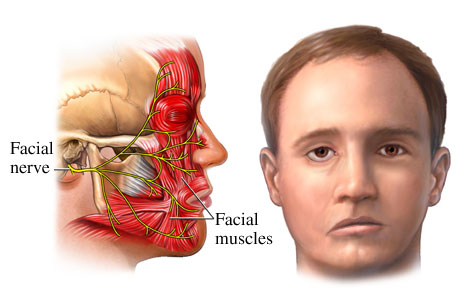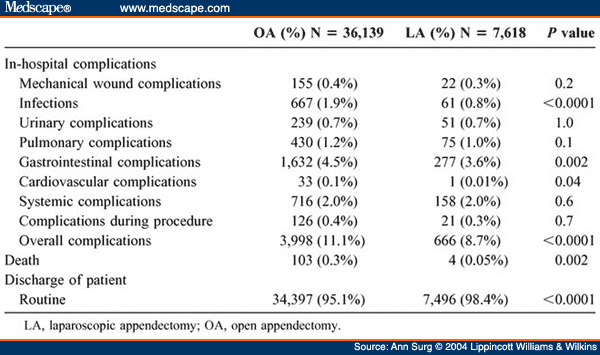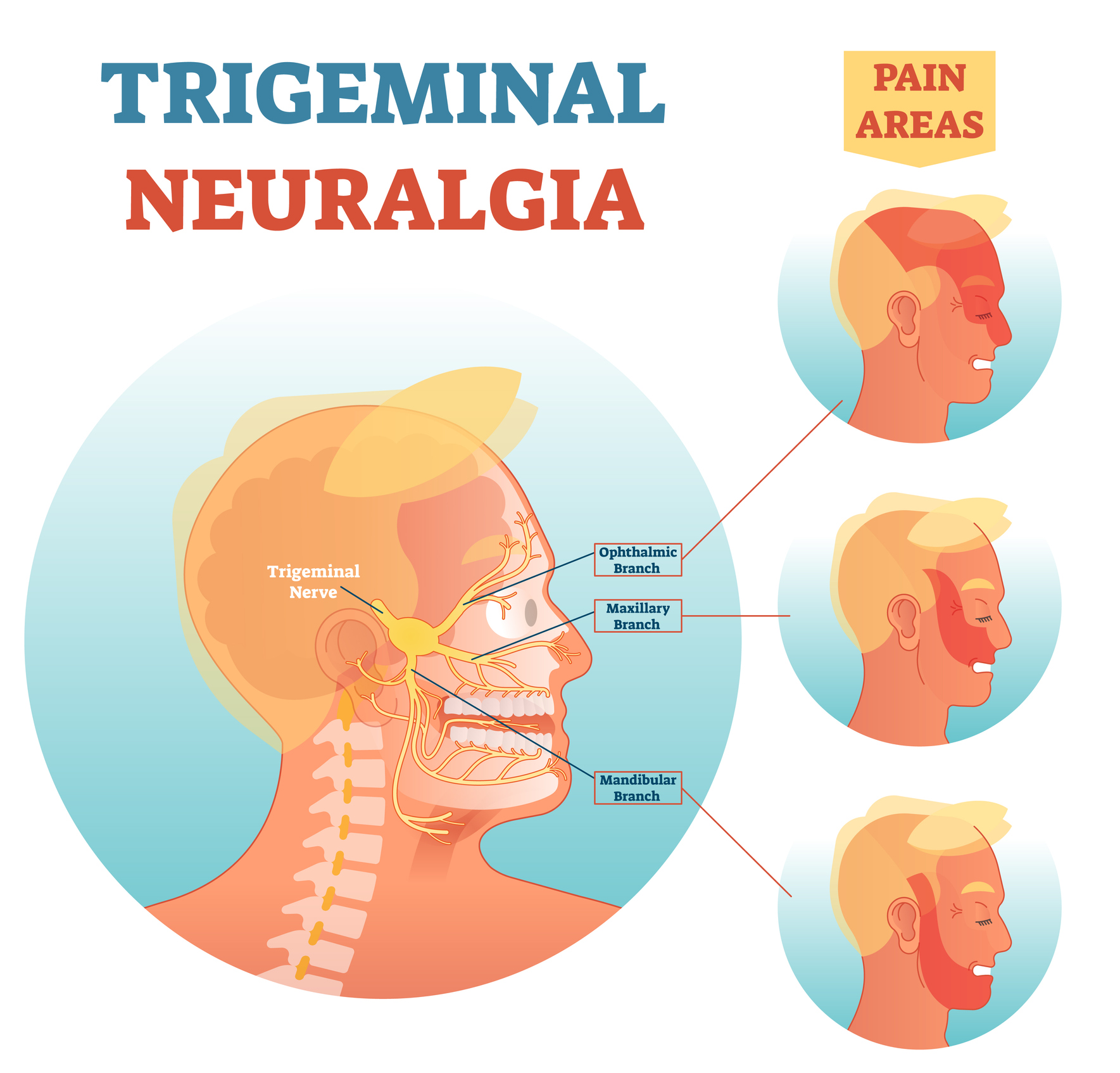Trigeminal neuralgia, also known as tic douloureux, is a chronic facial pain disorder primarily affecting the trigeminal nerve. It is characterized by sudden, severe, and sharp shooting pains in the face, typically on one side. However, there are several conditions that can be mistaken for trigeminal neuralgia due to similar symptoms, leading to potential misdiagnosis and delays in appropriate treatment.
One condition that can be mistaken for trigeminal neuralgia is dental problems. Toothaches, infected teeth, or issues with the temporomandibular joint (TMJ) can produce similar facial pain symptoms, especially when the pain is localized to the lower facial area. Dentists are typically able to determine if dental issues are the cause of the pain through thorough examination and dental imaging.
Another condition that can mimic trigeminal neuralgia is cluster headaches. Cluster headaches cause excruciating, unilateral head pain that may radiate to the face. These headaches often occur in clusters or cycles, with multiple attacks happening over a period of weeks or months. Cluster headaches can be differentiated from trigeminal neuralgia by their shorter duration and associated symptoms such as eye redness, nasal congestion, and tears.
Additionally, sinus infections can be mistaken for trigeminal neuralgia due to the similarity in facial pain. Sinusitis can cause facial pressure, pain, and tenderness, often accompanied by other symptoms such as nasal congestion, postnasal drip, and fever. Medical evaluation and imaging can help differentiate sinus infections from trigeminal neuralgia.
Lastly, glossopharyngeal neuralgia shares similarities with trigeminal neuralgia as it involves the irritation or damage of a cranial nerve. Glossopharyngeal neuralgia causes severe, episodic pain in the back of the throat, tongue, and ear. It can occasionally radiate to the jaw and mimic symptoms of trigeminal neuralgia. Careful examination and medical history analysis can distinguish between the two conditions.
In summary, trigeminal neuralgia can be mistaken for various conditions including dental problems, cluster headaches, sinus infections, and glossopharyngeal neuralgia due to similar facial pain symptoms. It is essential for healthcare professionals to conduct comprehensive evaluations and consider these alternative diagnoses to ensure accurate diagnosis and appropriate treatment.
What does nerve damage feel like in face?
The pain is often described as excruciating, like an electric shock. The attacks can be so severe that you’re unable to do anything while they’re happening. Trigeminal neuralgiaTrigeminal neuralgiaTrigeminal neuralgia is sudden, severe facial pain. It’s often described as a sharp shooting pain or like having an electric shock in the jaw, teeth or gums.https://www.nhs.uk › conditions › trigeminal-neuralgiaTrigeminal neuralgia – NHS usually affects one side of the face. In some cases it can affect both sides, although not usually at the same time.
What other diseases mimic trigeminal neuralgia?
Conditions that can mimic trigeminal neuralgia include cluster headaches or migraines, post-herpetic neuralgia (pain following an outbreak of shingles) and TMJ disorder. It’s also important to rule out sinusitis and ear infections.
What is a red flag for trigeminal neuralgia?
RED FLAGS – indicating neuro referral Sensory changes. Deafness or other ear problems. History of skin or oral lesions that could spread perineurally.

How do you check for facial nerve damage?
An electromyogram measures the electrical impulses transmitted along nerves and muscle tissue. This test helps doctors evaluate weakness or paralysis in the facial muscles or nerves.

What is the ICD-10 code for post discectomy syndrome?
Postlaminectomy syndrome, not elsewhere classified M96. 1 is a billable/specific ICD-10-CM code that can be used to indicate a diagnosis for reimbursement purposes. The 2024 edition of ICD-10-CM M96. 1 became effective on October 1, 2023.
What is the ICD code for status post surgery?
ICD-10-CM Code for Encounter for surgical aftercare following surgery on specified body systems Z48. 81.

What is the ICD-10 for status Postlaminectomy?
ICD-10 code: M96. 1 Postlaminectomy syndrome, not elsewhere classified.
What is the ICD-10 code for post surgical spine syndrome?
ICD-10 code: M96. 1 Postlaminectomy syndrome, not elsewhere classified.

